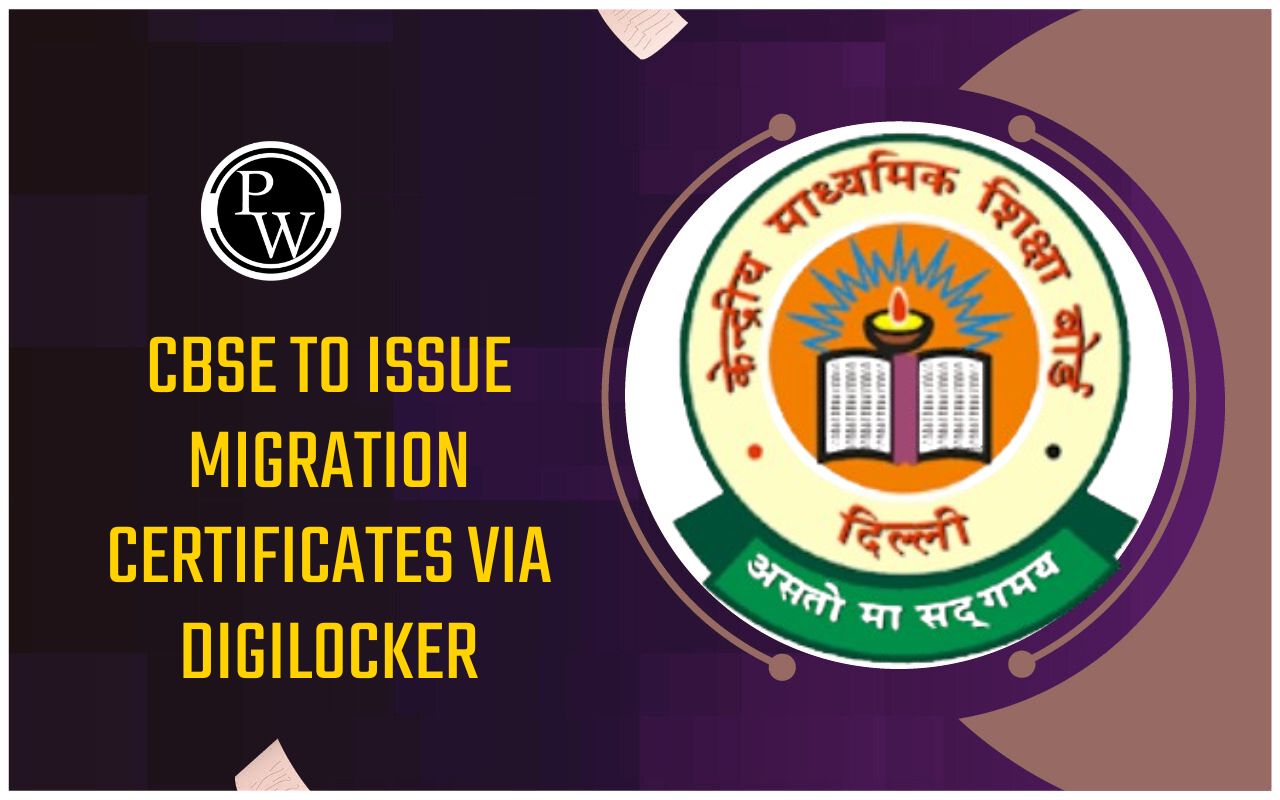

How To Write an Introduction : Introductions are like roadmaps to your entire article. They should hold the attention of your readers and captivate them to read the article ahead.
You can create a compelling introduction by adding a hook or giving some background information. In this article, we bring to you the essential tips and tricks to create compelling introductions that will catch the attention of your readers.
What is an Introduction?
Do you want to know how to write an introduction that resonates with your reader’s interest? Your introduction should be captivating and present surprising facts that will persuade your reader to go through the rest of your content. Don’t include too many statistics or reveal everything about the topic in the introduction. You should only give the background information about your topic.
If your audience will know everything in the beginning, they won’t read the article ahead. So, try to create some interest by using a hook, surprising facts, personal story or anecdotes. Your main intent should be to captivate your readers and excite them.
How To Write an Introduction?
1. Begin with an Interesting Fact
Commencing your content with an interesting fact is a proven way to captivate your readers right from the beginning. Opt for a narrative that might appear unrelated to your main topic at first glance. This deliberate choice is bound to intrigue your readers, making them feel eager about how this seemingly unrelated story will eventually tie into the subject you're about to delve into. This can be the best tip for those who don’t know how to write an introduction.
For instance, if your article revolves around the art of effective time management, consider initiating it with an anecdote about a renowned historical figure renowned for their disorganized daily routines. At first, your readers may wonder how this chaotic figure relates to the topic of time management, creating a sense of anticipation. As you gradually weave this narrative into the rest of your article, your readers will appreciate the insightful connection, making your content all the more engaging and memorable.
2. Give Some Background Information
If you don’t know how to write an introduction, give some background information, but keep it neutral. In the introduction, your goal is to provide a bit of context about the main topic without taking sides or making a strong argument. Save the detailed arguments for the main part of your writing.
This might sound a bit vague, but it's about asking yourself simple questions. For instance, think about whether this info supports what you're saying or if it's pushing a specific opinion. At this stage, it should not. The introduction shouldn't make your reader feel like you're trying to persuade them or that you're biased. If it does, it's better to move this info to the main paragraphs where it fits better.
3. Use an Anecdote
When you’re unsure about how to start your article, consider using an anecdote. An anecdote is essentially a brief, engaging story that serves as a hook to capture the reader's attention and prepare them for the content that follows.
But how can you create the perfect anecdote that won't leave your readers disinterested? What to do if you don’t know how to write an introduction? You can use one of the following techniques:
Personal Story : Share an incident or experience from your own life rather than relying on a made-up motivational story. By narrating a personal anecdote, you not only establish your authority on the subject but also establish a more intimate connection with your audience.
Quote : Another effective approach is to begin with a quote. This instantly intrigues your readers as they naturally want to understand how the quote relates to the content. To maximize the impact of this technique, choose a compelling quote that hasn't been overused and still retains its freshness.
Starting with an anecdote provides an engaging entry point for your readers, making them eager to explore the rest of your content. So, you must use it if you don’t know how to write an introduction.
Also Check – How to Improve English
4. Don’t mention irrelevant information
If you’re wondering how to write an introduction, try to maintain relevance. While it can be tempting to start with a joke or an absurd question to captivate your reader, these elements should directly connect to the subject matter.
For instance, if your essay revolves around a prominent politician, incorporating an anecdote from their life is a good choice. Likewise, when tackling a controversial topic, starting with a debatable question is appropriate.
However, it's crucial to avoid getting away from the subject's core. If your essay delves into a historical event and you think of opening your article with your childhood aversion to history classes, it might not align well. This principle applies universally, —whether it's statistics, quotes, general facts, or any other approach.
The opening of your content should set the stage for the main topic while retaining a strong and direct connection to it.
5. Don’t Copy Others’ Ideas Completely
If you find a great essay on a similar topic, it might be tempting to start your essay the same way, like by defining a key term. But it might not work because this approach has become overused and cliché. Clichés can make readers think your essay is unoriginal and dull. So, it's better to be original and avoid repeating what's been done too many times. Your aim is to keep readers interested with fresh and engaging content.
So, to maintain your readers' interest and engagement, it's best to avoid clichéd openings and strive for a more unique and captivating start to your essay.
6. Hook Your Reader
When you craft an introduction, your primary goal should be to create a captivating "hook" that snags your reader's attention. As readers dive into your introduction, they should experience a sense of curiosity and eagerness to explore the rest of your writing. Your introduction needs to establish the relevance of your content to their interests, concerns, or even their daily lives. This can be a useful tip for those wondering about how to write an introduction.
One effective way to achieve this is to include a statement that offers a hint of shock or surprise, leaving your reader both intrigued and somewhat confused. They may wonder how you intend to support such an unconventional argument or assertion. Regardless of your approach, you should try to actively engage the reader from the very beginning. This way, they are more likely to stay connected to your writing and explore your ideas further.
7. Keep it Short and Crisp
Short sentences are quick to read and get right to the point, making them more engaging for readers. Many writers tend to create long, complex introductions, thinking it's the way to go. But here's the thing: long sentences can be a turn-off for readers. They have to work hard to understand them, and that's not very inviting. Those who don’t know how to write an introduction often make this mistake.
While there's no fixed length for introductions, it's generally a good idea to keep them short, usually up to three brief paragraphs. Readers want to get to the heart of the matter, so it's best not to hide your main point deep within your article. Instead, start with the important stuff to grab their attention and keep them interested.
Also Check – Article Writing
8. Use “You” at least Once
Incorporating the word "you" into your writing establishes a sense of direct connection between you as the author and your readers. It's like having a one-on-one conversation with your audience. This connection is essential because it shows your readers that you care about their needs and interests. This can be the best tip for those wondering about how to write an introduction.
By addressing the reader as "you," you acknowledge their presence and perspective. You're inviting them to be an active part of the content, which can increase their engagement and overall satisfaction with what you have to say. It's a way of saying, "I understand you, and I'm here to help or share something valuable with you."
Furthermore, using "you" allows your readers to place themselves in the context of your writing. They can better relate to the information and ideas you present because it feels tailored to their needs. This makes your content more appealing and persuasive. So, remember to include "you" in your introduction to foster a strong and meaningful connection with your readers.
Things that You Must Include in Your Introduction
In an introduction, regardless of your writing style or the type of paper, it's important to include three key elements:
- A Hook : This is the part where you grab the reader's interest. It could be a catchy phrase, a thought-provoking question, or an intriguing fact. The goal is to make the reader want to continue reading.
- Background Information : Offer some context about the topic you're going to discuss. It helps the reader understand the subject and why it's important.
- Thesis Statement : This is like the roadmap of your paper. Clearly state what your paper is about and what you aim to convey or prove.
Remember, your introduction sets the stage for the rest of your writing, so it should be engaging, informative, and clear. Follow this tip if you’re wondering how to write an introduction.
Also Check – How To Start a Conversation
How to Write an Engaging Hook
Writing a compelling hook is the best way to captivate your readers attention. Here are a few ways you can create an engaging hook:
- Pose a Question : Ask a thought-provoking question and leave it unanswered until later in your paper. This will pique your reader's curiosity.
- Present a Shocking Statistic : Share a surprising or rare statistic that challenges common beliefs or knowledge. It'll make your readers eager to learn more.
- Use an Analogy or Parable : Relate your topic to a familiar story, event, or concept. Analogies help simplify complex ideas.
- Share a Personal Anecdote : Narrate a relevant personal story to create a human connection with your readers. People relate to personal experiences and emotions.
- Use Quotes : Sometimes, famous quotes can express your idea in the best way. A well-chosen quote can be a powerful hook. So, use it if you don’t know how to write an introduction.
Each type of hook has its unique appeal, so choose the one that fits your content and engages your readers effectively. Your aim should be to spark their curiosity and make them eager to explore your writing further.
How To Write an Introduction FAQs
What is the primary purpose of an introduction in a piece of writing?
How long should an introduction be?
Should I include my thesis statement in the introduction?
Are there different approaches to writing introductions for different types of content?












